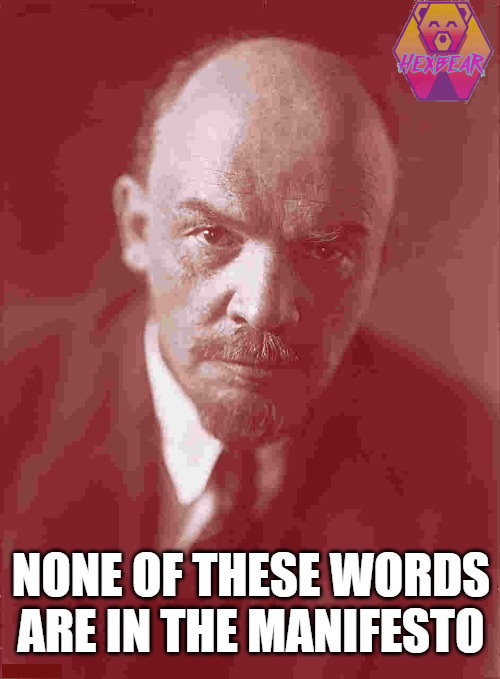Saint Patrick is Ireland’s patron saint, known for spreading Christianity throughout the country as a missionary during the 5th century.
Much of his life is unknown to historians and can’t be verified, though some sources have listed his birth date circa 386 A.D with a birthplace somewhere in Wales, in the United Kingdom.
His father, Calphurnius, was a deacon from a Roman family of high social standing. Patrick’s mother, Conchessa, was a close relative of the great patron Saint Martin of Tours. Patrick’s grandfather, Pontius, was also a member of the clergy.
Patrick himself, however, was not a believer.
He was kidnapped and brought to Ireland :trouble:
Life took a dramatic turn, when, at aged 16, Patrick was captured by Irish pirates. He was brought here to Ireland, where he was forced to become a shepherd and tend the sheep at night in case wolves, wild dogs, foxes or even wild bears would take them or their lambs. He did this on the slopes of the Slemish Mountains in County Antrim. He spent 6 years in insolation on those mountains, and during this period, he became increasingly religious. He considered his kidnapping and imprisonment as a punishment for his lack of faith and spent a lot of time in prayer.
One night, he dreamt that a boat was waiting for him in Dublin, ready to take him back to his family in Britain. Close to starvation, he summoned the courage to make a bid for escape. Alas, he was captured again but made another attempt to break free, and this time he was successful. He made his way to Dublin, boarded the ship and returned to the welcome arms of his family.
Once home, he had another dream that the Irish people were calling him back to Ireland to tell them about God. This inspired him to return to Ireland as a priest, but not immediately. At this point, he didn’t feel adequately prepared for a life as a missionary. His studies took him to France where he was trained in a monastery. It was some 12 years before he returned to Irish shores as a bishop sent with the Pope’s blessing.
When Patrick arrived in Ireland, Christianity did not exist here in any established form. By the time Patrick died in 461, Ireland was in practice a Christian nation. Patrick baptized over 120,000 people in Ireland and founded over 300 churches there. Patrick’s courage, loyalty, and generosity were admired by the people of Ireland. As he gained influence, he became the first public figure to take a stand against slavery, imploring the Irish people to end its practice altogether.
By the time he died, on 17 March 461, he left behind an organized church and an island of Christians.
Before the end of the 7th century, Patrick had become a legendary figure, and the legends have continued to grow. One of these would have it that he drove the snakes of Ireland into the sea to their destruction. (There are no indigenous snakes in Ireland:hisssssss: )
Another legend, probably the most popular, is that of the shamrock, which has him explain the concept of the Holy Trinity, three persons in one God, to an unbeliever by showing him the three-leaved plant with one stalk. Traditionally, Irish people have worn shamrocks, the national flower of Ireland, in their lapels on St. Patrick’s Day, March 17, in honour of him.
Hola Camaradas :fidel-salute-big: , Our Comrades In Texas are currently passing Through some Hard times :amerikkka: so if you had some Leftover Change or are a bourgeoisie Class Traitor here are some Mutual Aid programs that you could donate to :left-unity-3:
The State and Revolution :flag-su:
:lenin-shining: :unity: :kropotkin-shining:
Remember, sort by new you :LIB:
Yesterday’s megathread :sad-boi:
Follow the Hexbear twitter account :comrade-birdie:
THEORY; it’s good for what ails you (all kinds of tendencies inside!) :RIchard-D-Wolff:
COMMUNITY CALENDAR - AN EXPERIMENT IN PROMOTING USER ORGANIZING EFFORTS :af:
Join the fresh and beautiful batch of new comms:
[email protected] :deng-salute:
[email protected] :why-post-this:
[email protected] :anarxi:
[email protected] :Care-Comrade:
Celebrate Irish Day by saying how much you have the *nglish :ukkk:
lets take a moment of Silence for all Users who forgot their passwords @Rem
:trouble: Question of the Day :ira:
Who is your Favorite Irish? :connolly-shining:
I’ve heard that the “st. patrick getting rid of the snakes” legend is an allegory for st. patrick expelling paganism from the island. not sure how true that is though
Pagans like it because it makes them feel oppressed. Everyone else likes it because it’s a good lead in to a joke about driving the English out.



